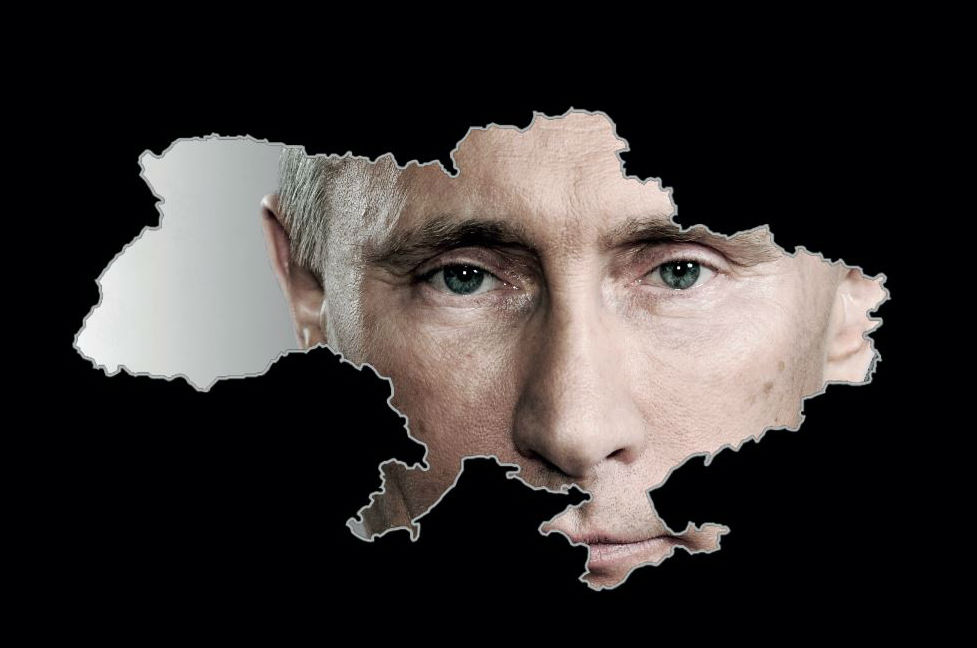 Russian President Vladimir Putin uses a broad array of tools to keep Ukraine in Russia’s sphere of influence and destabilize Ukraine’s current government. These tools include propaganda, financial support of loyal parties and journalists, corruption, economic pressure, political blackmail, and direct military intervention. Others have documented these tools well.
Russian President Vladimir Putin uses a broad array of tools to keep Ukraine in Russia’s sphere of influence and destabilize Ukraine’s current government. These tools include propaganda, financial support of loyal parties and journalists, corruption, economic pressure, political blackmail, and direct military intervention. Others have documented these tools well.
I see four ways Putin is fighting to control Ukraine now:
1. Old friends: Putin continues to pull the strings of unofficial power in Ukraine through expelled former president Viktor Yanukovych and Vitaliy Zakharchenko, the man who ordered the firing on Maidan protestors in 2014 as Ukraine’s Minister of Internal Affairs;
2. Gas: Putin and Yanukovych continue to have surrogates control Ukraine’s national gas company and other large, strategic industries with profits from these industries ending up in Russia. Until recently this was led by “gas baron” Oleksandr Onyshchenko, who fled to London after the National Anti-Corruption Bureau of Ukraine charged him with embezzlement;
3. Money: Putin provides money to “opposition” political parties and pro-Kremlin media in Ukraine. Putin has a long history of supporting Yanukovych’s Party of Regions and the Opposition Bloc. There have been reports that nearly $13 million was paid to President-elect Donald Trump’s former campaign adviser and long-time consultant to Yanukovych, Paul Manafort, whose name appears in the Party of Regions’ “black ledgers”;
4. Scandal: The “Onyshchenko tapes” were meant to discredit Ukraine’s current leaders, and handlers from the Kremlin stood behind and promoted Oleksandr Onyschenko’s allegations. NABU accused Onyshchenko, a businessman and Rada member, of embezzling approximately $64 million from Ukraine’s state gas company between January 2014 and January 2016. Onyshchenko sought asylum in London and then accused Ukrainian President Petro Poroshenko of corruption, claiming that he possessed recordings that would prove his charges. At the moment, Putin views the Onyshchenko saga as the most promising “Kremlin project” in Ukraine with what appear to be plans to make the “Onyshchenko tapes” a much larger story.
Putin’s hybrid aggression in Ukraine is testing the effectiveness of NATO, and European and US security systems. Russian propaganda is being pushed to Russian-speaking people in the Baltics that casts doubt on the sovereignty of these nations. Putin has ordered troops and military exercises near their borders. Putin knows the Baltic states are too small to defend against such aggression.
If Putin’s hybrid war succeeds in Ukraine, his next goals will likely be Belarus, Moldova, Kazakhstan, and even NATO’s Baltic countries.
Putin is a threat to his citizens as well as Russia’s neighbors. The less push back he encounters, the more aggressive his actions will become.
Ilya Yashin, is a leader of Solidarity, a democratic opposition political movement in Russia. This article has been adapted from Yashin’s latest paper, “The Kremlin’s Hybrid Aggression.”
Image: Russian President Vladimir Putin. Credit: Free Russia Foundation
